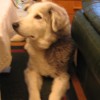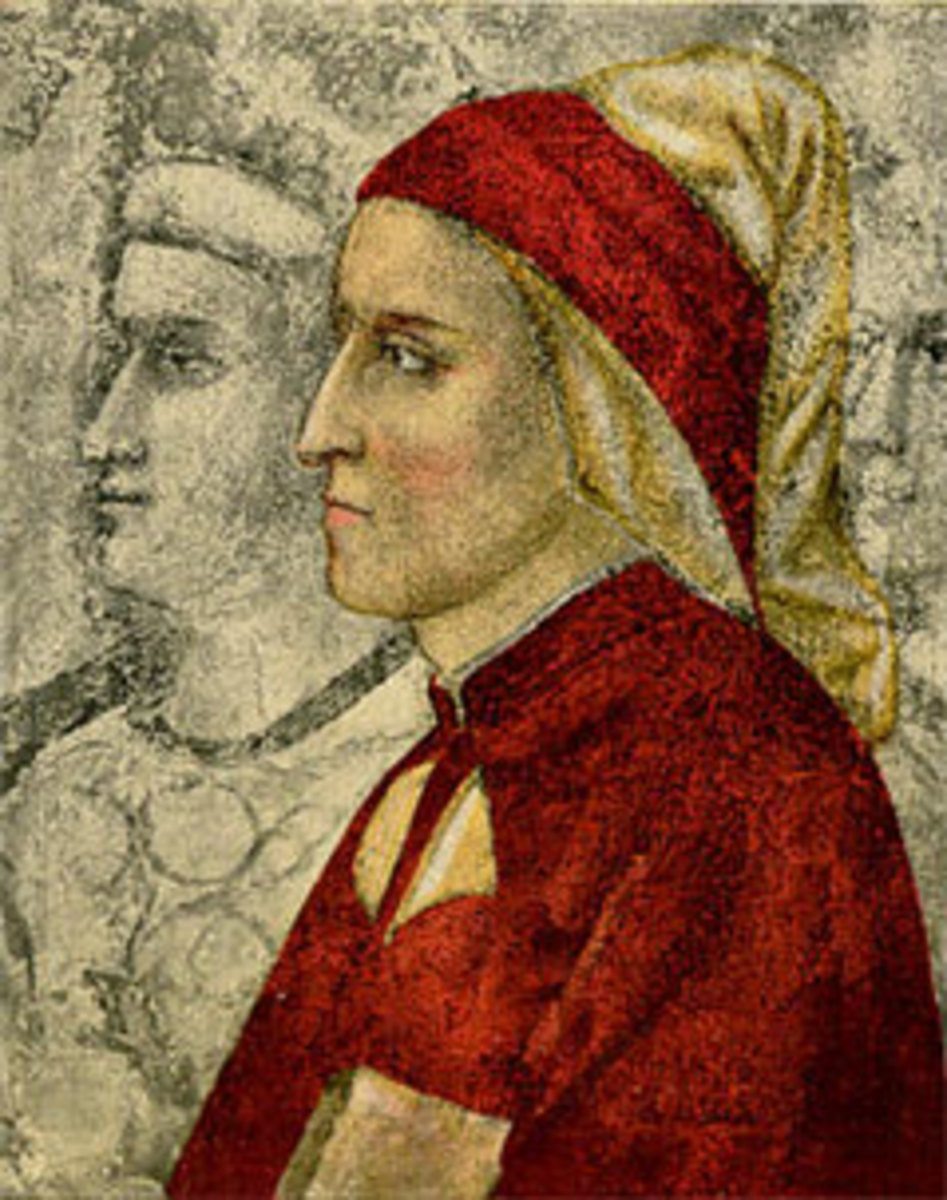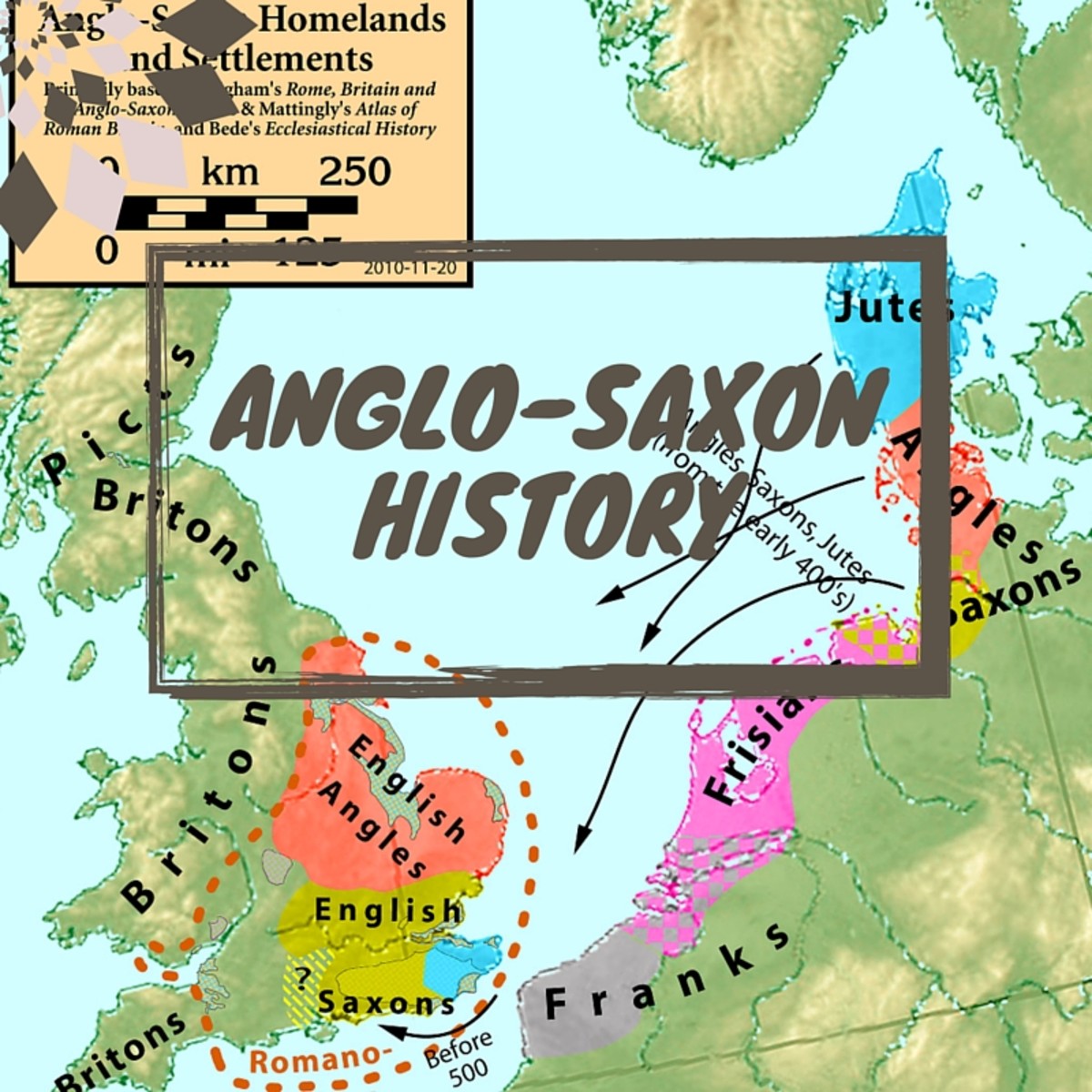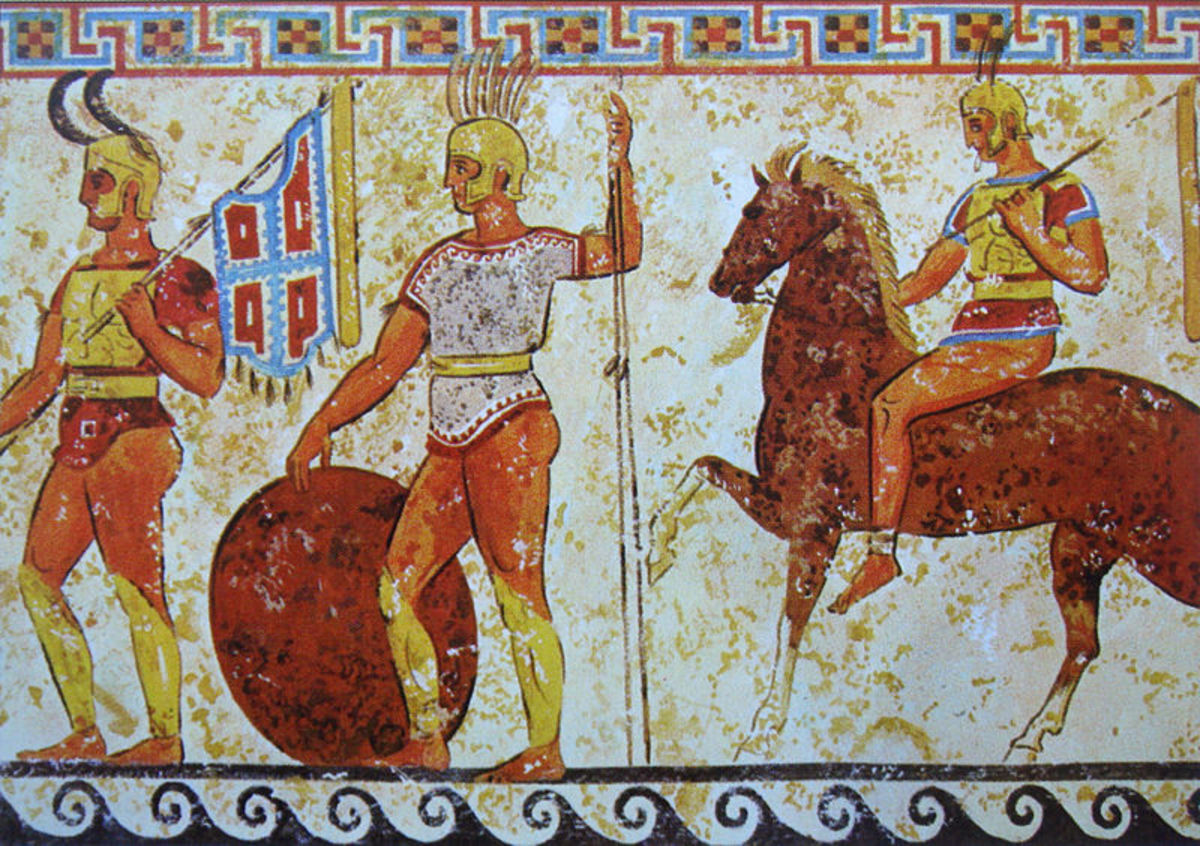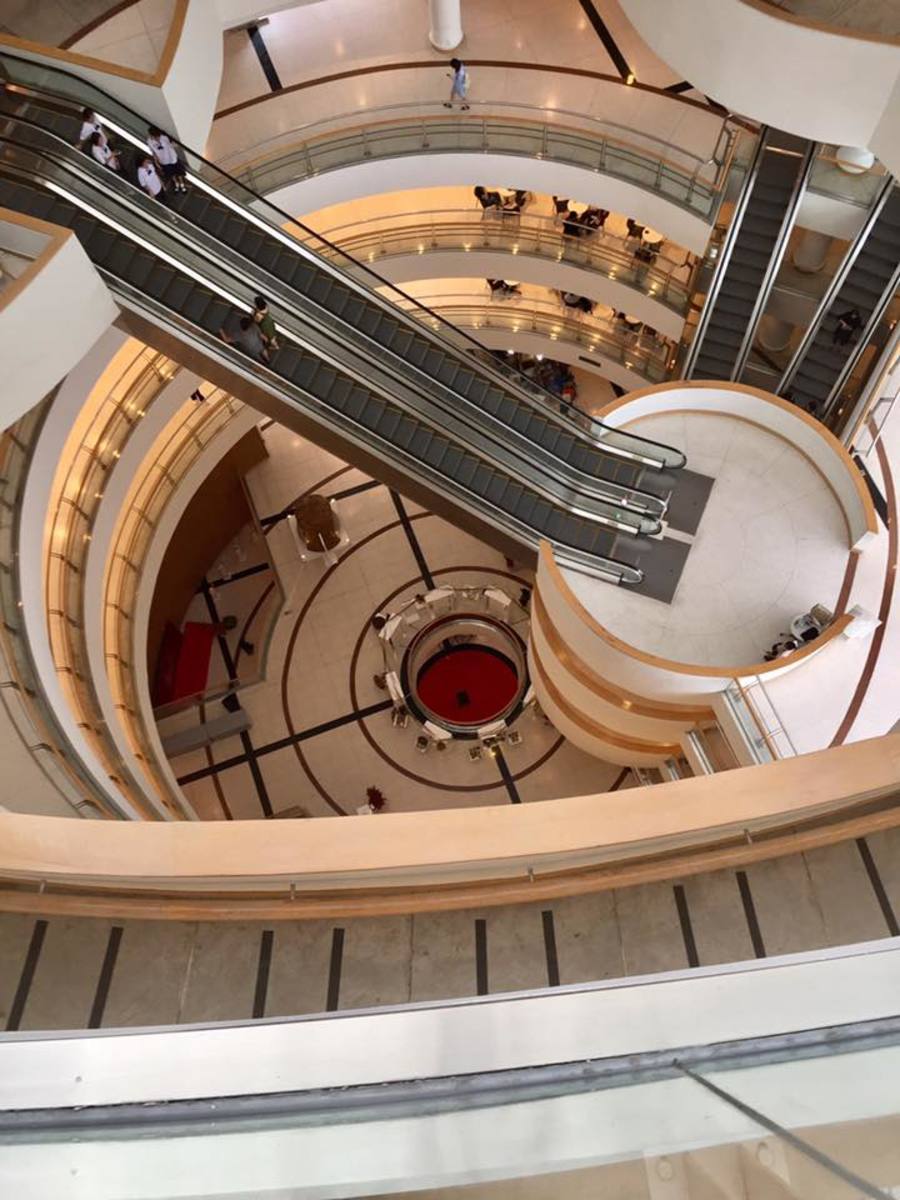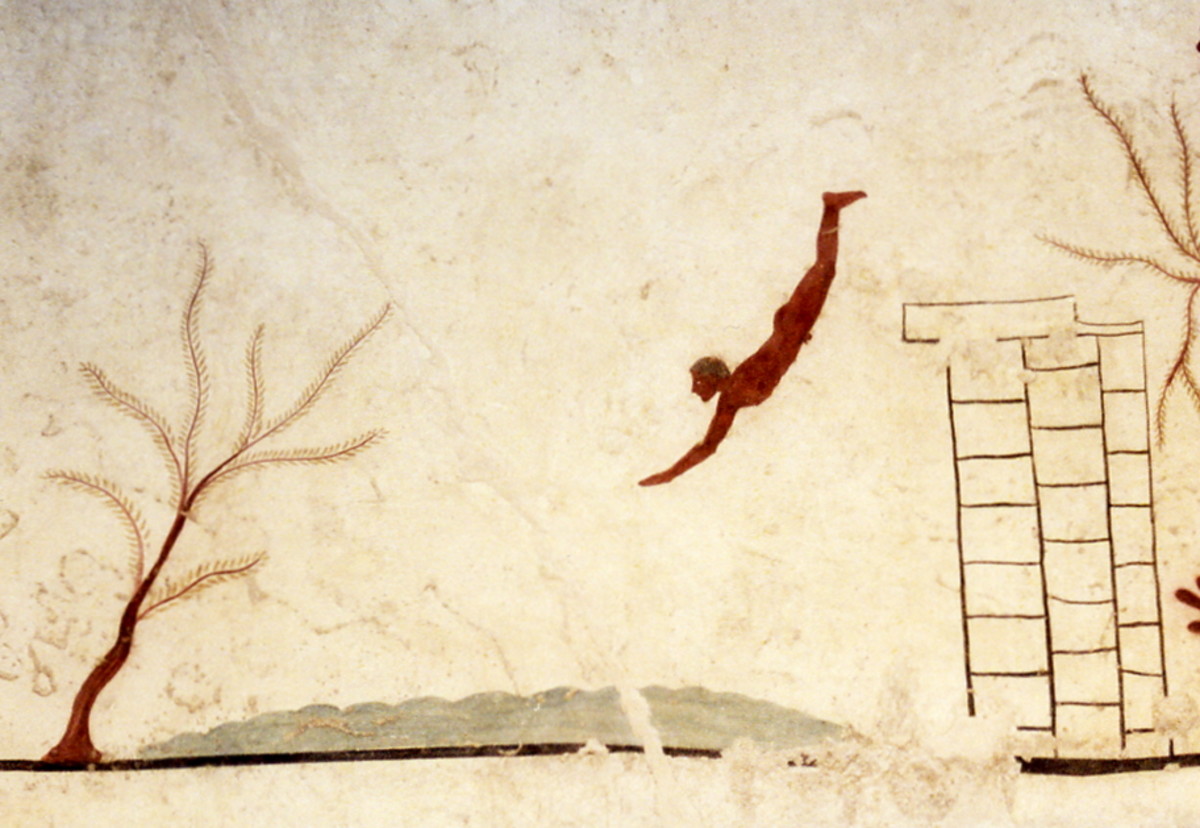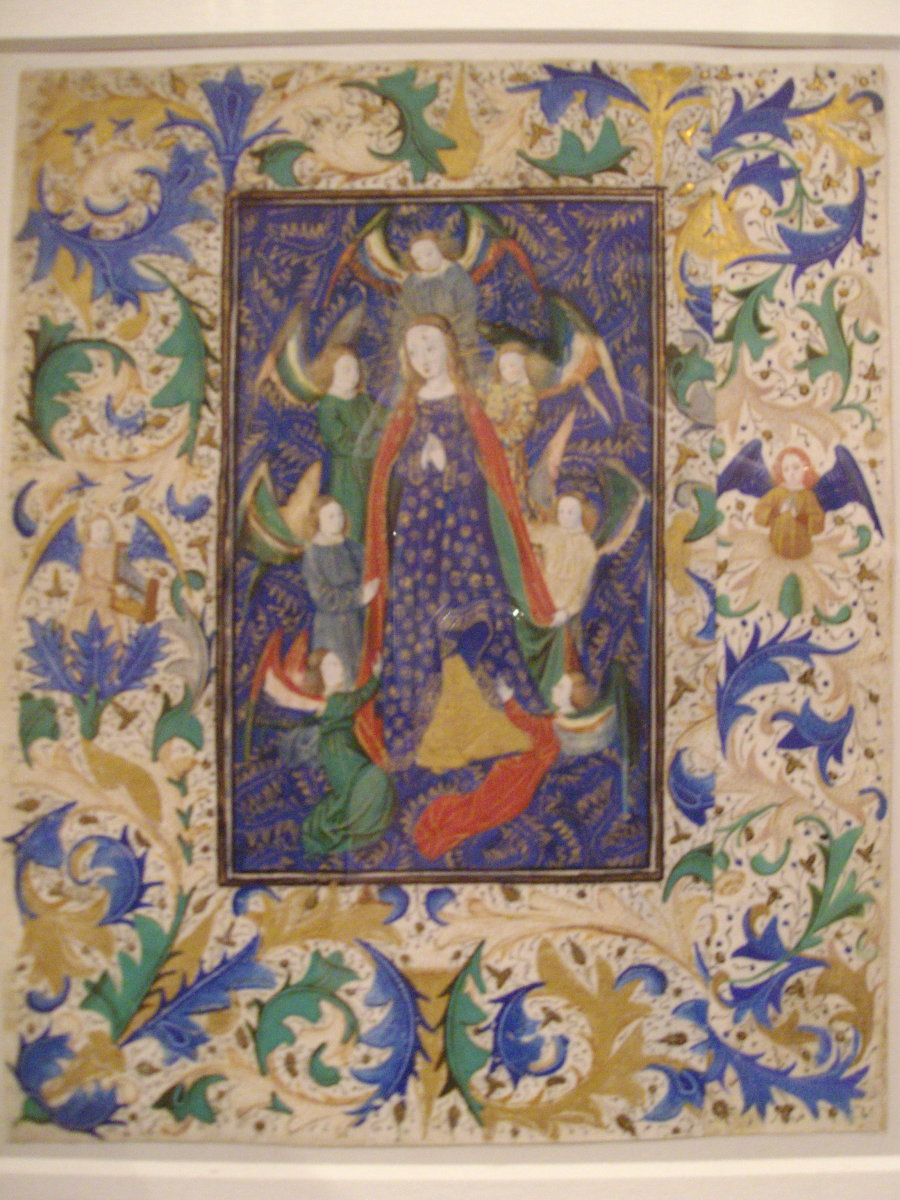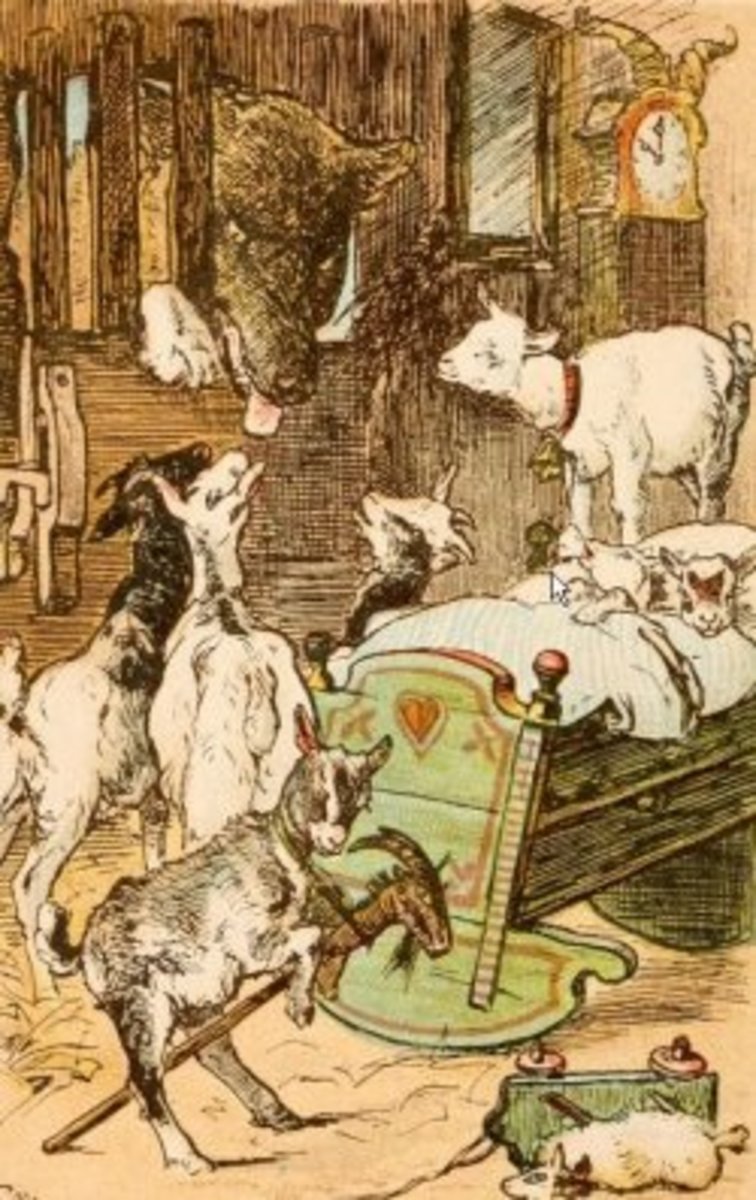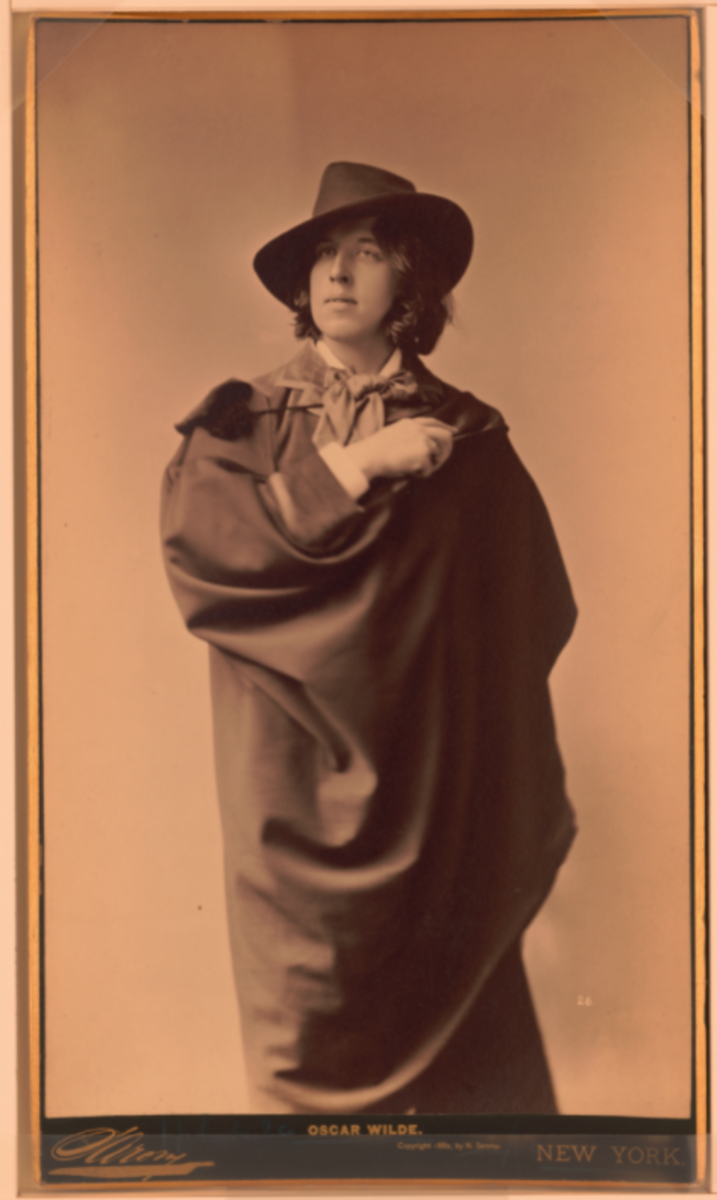Italian art and culture
Italian art and culture
The topic of Italian art and culture is very vast. The role of Italy in the establishment of European culture is fundamental. Best Greek classic traditions of culture and aesthetics first revived in Italy in the middle ages – this phenomenon is known as the Renaissance. Then many great talents in fine arts, literature, and science emerged in Italy. In the present article I will present you with a brief review of Italian culture and art. I will try to maximally provide you with the most valuable and interesting information in every possible field of the subject matter.
Brief historic overview of development of Italian culture:
It will be absolutely correct to admit that the dawn of present European civilization took place in Italy. For many centuries the center of art and culture in Europe was Italy and such Italian cities as Venice, Florence, Rome, and other. The Roman Empire succeeded Etruscan civilization.
Some hundred years before our era Phoenician and Greek communities lived in Italy and made their significant contribution into Italian culture (check Greek ruins in Italy). Later on the establishment of Catholic Church played its important role in the development of what we now know as Italian culture and art. Rome as the seat of Christianity was crucial in the spread of Christianity and new culture throughout Europe and farther lands.
To proceed to the culture of Italy let us mention the main cultural areas that belong here, namely literature (including poetry), fine arts (visual arts), music (including opera), science, and architecture. We will also have a brief look at Italian people, cuisine, modern areas of art and culture, including cinema and fashion. Also I will try to include everything valuable and interesting about the subject matter in the present article.
Italy!
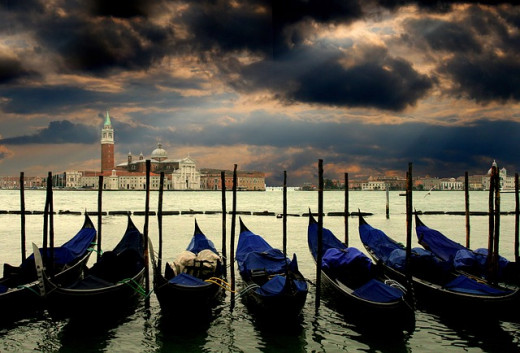
Italian Language, Literature, and Poetry
Italian Language
Italian language belongs to Italic branch of Indo-European group of languages. It is one of Romance languages. Originally Italian derives from vernacular Latin. Also it was influenced by different Italian dialects, German and post- Roman invaders and their languages. Italian is an official language in Italy, Vatican City, San Marino, Italian cantons of Switzerland (namely Ticino and Grigioni). Nowadays, over 85 million people speak Italian worldwide. There are many dialects of Italian as until recently Italian cities were regarded as city-states. Early Italian is more known as vernacular as it was only from the 12th century that Italian language acquires new literary standards. And in the 6th century unification of Italian language once more appealed attention of public and scholars. As it is now there are 21 letters in Italian alphabet. Not only Italian was influenced by other languages throughout its history, it has also influenced languages of the countries where large Italian communities settled, namelyArgentina, Venezuela, South of Brazil, and Uruguay.
Italy!
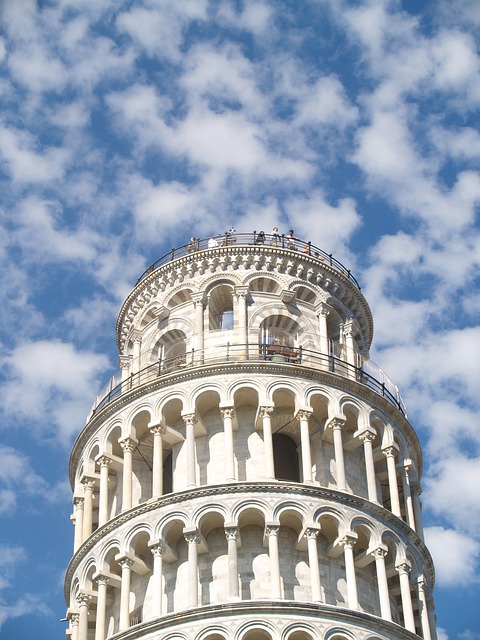
Italian Art
Italian Literature and Poetry
The history of Italian literature may be divided into several distinct phases, namely: Early Medieval, High Medieval, the Dawn of Renaissance, Humanism, Post-Renaissance, Decadence, the Age of Reason and Reform, Classicism (and Patriotism), Romanticism (and the Risorgimento), the literature of the 19-20th centuries, and literature of the 21st century.
Each of the above mentioned epoch had lively resonance throughout Europe but it is noteworthy that many of crucial cultural and literary developments started in Italy. For many ages Italy was a cultural center for Europe. Italian Bologna University was the first European university to be established as early as 1088.
Italian literature much depended on the development of Italian language. Thus, early medieval Italian literature is better known as Latin literature. Writers of those days include, Boethius and Cassiodorus. The liberal arts flourished Roman law, rhetoric, politics, theology and grammar were the most popular subjects those days. The liberal arts also flourished.
High Medieval Italian literature would embrace a number of historic periods. It would include Trovatori, Chivalric romance, and the epoch when the native so-called ‘vernacular’ literature emerged. The latter would include: Sicilian school, Religious literature, first Tuscan literature, the development of early Italian prose, and the Dolce Stil Novo. I will not go in detailed review of each of the school and literary epoch but will in more detail review the next epoch, namely the Renaissance.
One of the greatest Italian poets of all times is Dante Alighieri – the author of the Divine Comedy. Dante reveals his immortal genius as he describes Hell, Purgatory and Heaven in this allegoric poem. There are several levels of understanding the deep philosophical ideas of The Divine Comedy (“Divina Commedia”, It.). Dante’s beloved muse was Beatrice.
The first Italian humanist and the greatest genius of lyric poetry was Petrarch. His eternal muse was Laura. One of the distinguishing characteristics of his lyric poems is a psychological insight into and a deep examination of the loving heart.
Among the greatest Italian minds and philosophers of the mid 15th century were Niccolo Machiavelli and Francesco Guicciardini. Here I need to mention also Ludovico Ariosto and Torquato Tasso. There is a constellation of other great writers, poets, and philosophers of Italy that I will not mention herein. To conclude the theme of Italian literature and poetry let me name a few names of modern time Italian literature. Here belongs Italo Svevo and Luigi Pirandello.
Italy!
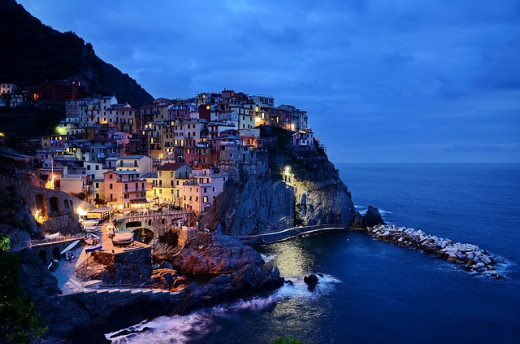
Italian Fine Arts (visual arts, sculpture)
The centers of Italian and European art are such Italian cities as Rome, Florence and Venice, Naples, Milan, and Turin. The dawn of Italian art naturally embraces Etruscan and Roman art. The epochs of Italian art would include: Medieval, Byzantine, Gothic, the Renaissance, 1300s – early 1400s arts, late 1400s - early 1500s, Mannerism, Baroque, Rococo Art, Neoclassical, 19th century art, The Macchiaioli, modern and contemporary art – including: Futurism, Metaphysical art, Novecento Italiano, Spatialism, Arte Povera, Transavantgarde, and other. The sphere of Italian art is a Universe. Italian art inspired the whole Europe and till present remains one of the brightest examples of human creative genius.
Starting from the Middle Ages artists begin to experiment and look for new means of expression. Earlier, only Biblical and mythological episodes were depicted. The characters on canvases were formal, ephemeral - dealing more with Heavens not Earth. Slowly an ‘earthly’ human being starts to inspire artists. The common human body starts to unveil its divine beauty as it has been created after the image and likeness of God. Form and essence transforms in the visual arts. This transformation reveals itself through such great artists as Saint Dominic, Saint Francis of Assisi, Giotto, and others.
The late 1400s and early 1500s years signify the climax of the creative genius in Italy and Europe. Genii of these years have made an incredible contribution into the world cultural heritage. These names are familiar to everybody now: Michelangelo, Raphael, and Leonardo da Vinci.
The masterpieces:
Michelangelo: statue of David, frescos (The Creation of Adam) in Sistine Chapel (Vatican City).
Raphael: Madonna (Virgin Mary), Sistine Madonna, Chigi Chapel. Raphael was also an architect.
Leonardo da Vinci: The Last Supper, the portrait of Mona Lisa. The areas of his expertise include painting, sculpture, architecture, science, music, mathematics, engineering, and other.
Here I have to conclude however there remain many other great names that constitute the history of Italian visual art.
Italian Music and Opera
For ages Italy has been known for its achievements in the sphere of instrumental classical music and opera. Music plays an important part in Italian culture as well as lives of Italian nation. It will be right to say that the music – as we know it today was created in Italy. Such special notions as harmony, musical scales, symphony, concerto, theatre, and opera were born in Italy. Opera started in the 16th century. Likewise literature, poetry, visual arts, music and opera of Italy constitute an icon of its national identity.
Italian music would divide in the main streams: classical music, folk music, and popular music. Classical would include such genres as: opera, sacred music, instrumental, ballet, experimental, and other. Folk music includes: regions, songs, instrumentation, and dance. Popular music and dance also has numerous styles and genres.
Now in a few words I would like to name genii of music and opera of Italy. To the classical music belong: Niccolò Paganini, Antonio Vivaldi; including opera: Giacomo Puccini, Giuseppe Tartini, Gaetano Donizetti, Gioacchino Rossini, Vincenzo Bellini, and Giuseppe Verdi. The most prominent Italian composers of modern times are Nino Rota and Ennio Morricone.
The famous Italian opera singers would embrace such genii as Licia Albanese, Giuseppe Di Stefano, Enrico Caruso, Luciano Pavarotti, Andrea Bocelli, Beniamino Gigli, Giacomo Lauri-Volpi, and others. The brightest contemporary female opera singers is Cecilia Bartoliher voice is classified as coloratura mezzo-soprano.
The most famous Italian operas would include: L'Orfeo (Claudio Monteverdi); The Barber of Seville, Tancredi, Otello, Semiramide (Gioacchino Rossini); I Capuleti e i Montecchi, La sonnambula, Norma (Bellini); Robert le diable (Giacomo Meyerbeer); L'elisir d'amore (Donizetti); Nabucco, Attila, Macbeth, Rigoletto, Don Carlos (Verdi), and many other operas.
This was a very brief review of Italian art and culture. The article intends just to lay basic milestones to guide the inquisitive reader towards this wonderful universe of creative genius.
